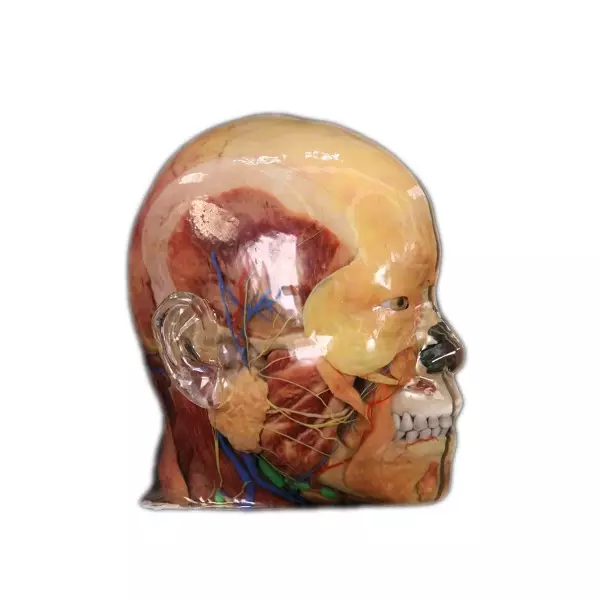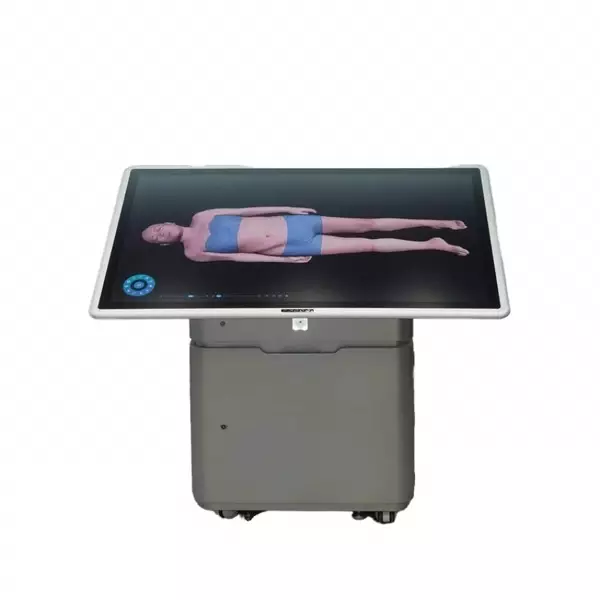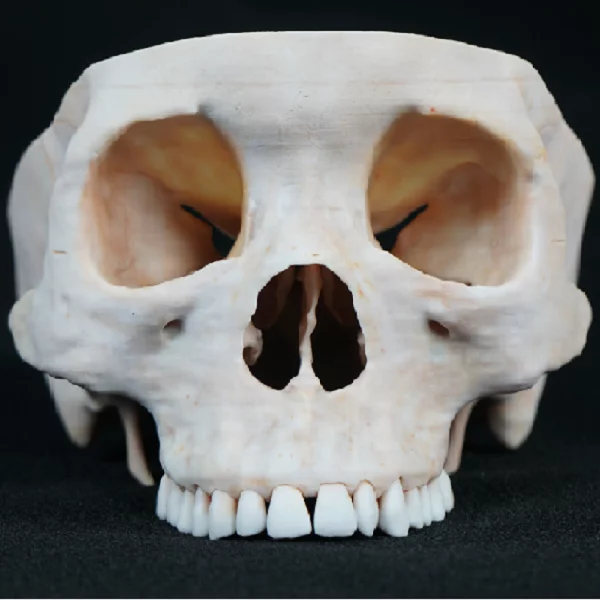
When it comes to understanding the intricacies of human anatomy, an anatomical skeleton model is an invaluable tool. This three-dimensional representation of the skeletal system provides a hands-on approach to learning about bone structure, joint movement, and overall body mechanics.
The Benefits of Anatomical Skeleton Models
An anatomical skeleton model offers numerous benefits for research and study purposes. Firstly, it allows researchers and students to visualize the placement and interaction of bones in the human body. By examining a physical model, one can gain a better understanding of how different bones connect and support each other.
Furthermore, these models are often articulated with movable joints that mimic real-life movements. This feature enables users to explore various ranges of motion and understand how joints function during activities such as walking or lifting objects.
In addition to studying bone structure, anatomical skeleton models also provide insight into muscle attachments. Many models come with detachable muscles that can be placed on specific areas of the skeleton. This interactive element helps researchers identify muscle origins and insertions accurately.
DIGIHUMAN: Advancing Anatomy Education

A significant advancement in anatomical education is DIGIHUMAN – a digital platform that combines cutting-edge technology with detailed 3D modeling techniques. DIGIHUMAN offers virtual representations of complete human bodies or individual organs at various levels of detail.
This innovative tool allows users to explore anatomy from multiple perspectives by manipulating virtual structures in real-time. It provides an immersive experience where learners can zoom in on specific regions or systems within the body while observing their intricate details.
DIGIHUMAN not only enhances traditional teaching methods but also facilitates remote learning opportunities through its online accessibility. Students no longer need access to physical specimens; they can study and interact with anatomical models from the comfort of their own homes.
Brain 3D Model Anatomy: Unlocking the Secrets of the Mind
One specific area where anatomical models have proven invaluable is in studying brain anatomy. The complexity of the human brain makes it challenging to comprehend its intricate structures solely through textbooks or two-dimensional images.
A brain 3d model anatomy provides a tangible representation that aids researchers in understanding different regions, lobes, and functional areas within this vital organ. By examining a physical model, scientists can better grasp concepts such as cortical folding patterns, neural pathways, and spatial relationships between various brain structures.
Moreover, these models often include color-coded sections or removable parts that allow for a more comprehensive exploration of specific brain regions or individual components like the cerebellum or hippocampus.
In Conclusion
Anatomical skeleton models serve as valuable tools for research and study purposes. They provide an interactive way to understand bone structure, joint movement, muscle attachments, and overall body mechanics. Additionally, advancements like DIGIHUMAN offer virtual platforms that enhance traditional teaching methods while enabling remote learning opportunities. Furthermore, specialized models such as those focusing on brain anatomy unlock new insights into this complex organ’s inner workings. With these resources at our disposal, we can continue to deepen our knowledge of human anatomy and advance medical research.
